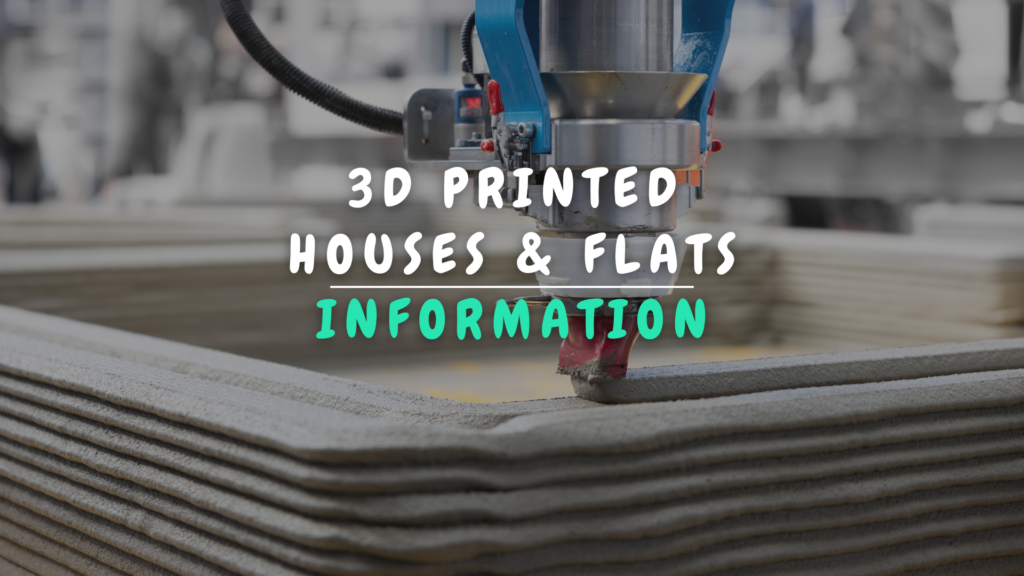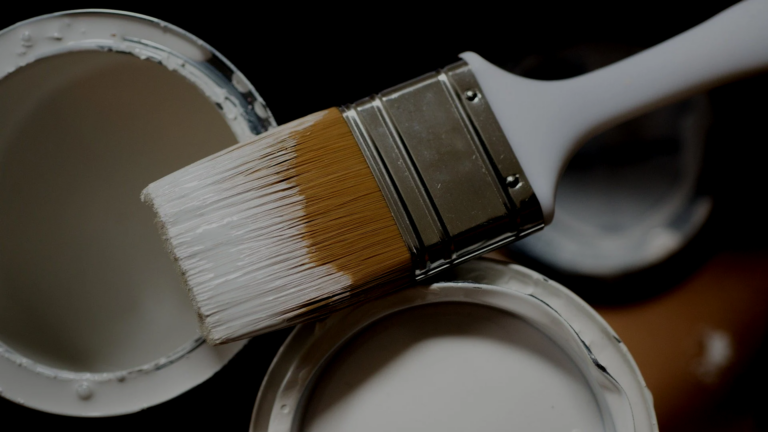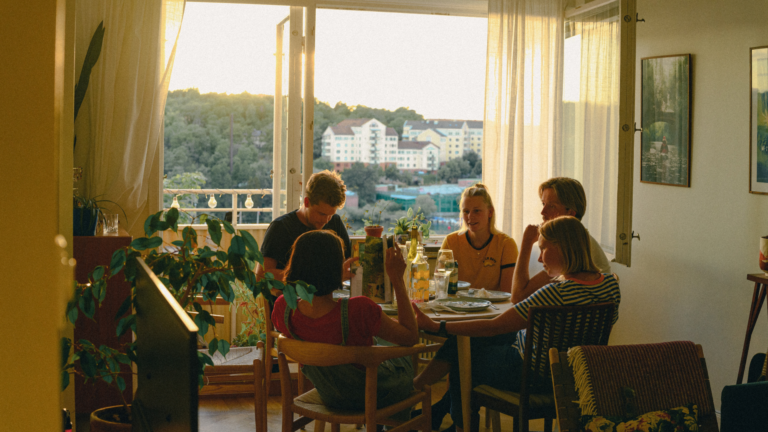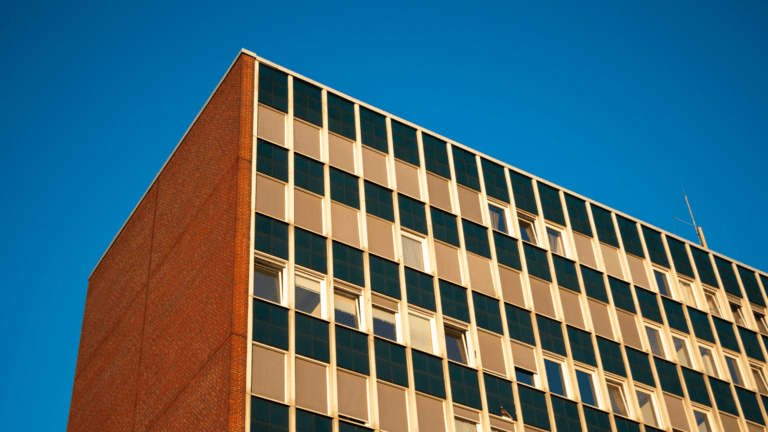A 3D printed home stands in Belgium. How does 3D printing work? What are the advantages and caveats? Are more 3D printed homes on the way? Read about it here!
What is 3D printing?
3D printing is a technology in which a printer converts digital designs into physical objects by printing layer upon layer of material in height. The most popular 3D printing material is some form of plastic (polycarbonate, polypropylene, ABS, PET). In principle, you can also print metal and wood. This involves mixing small metal or wood fibers with PolyLactic Acid. PolyLactic Acid is a biodegradable substance made from starchy plants. The substance is transparent and solid like ABS.
How does 3D printing work in residential construction?
This is how making a 3D printed home works:
- Preparations:
- An architect draws a large digital CAD design with indications on which the printer should print:
- He specifies where the walls, floors and other structural elements should be located as well as how high they should be built.
- He must design the home so that it meets housing quality standards.
- In the walls, the designer usually leaves a blank space to install insulation, electricity and piping.
- The construction firm provides a large 3D printer specifically designed to print building materials such as concrete.
- The construction firm must provide a proper foundation on the building site that is sturdy enough to support the concrete structure.
- An architect draws a large digital CAD design with indications on which the printer should print:
- During printing:
- The construction company provides a good concrete mixer that mixes the concrete perfectly and transports it to and into the 3D printer with little air.
- The construction company must allow time for the layers of concrete structure to dry long enough for it to be strong enough to support subsequent layers.
- The construction firm should add other structures as construction progresses, e.g. Solid frames for windows and doors.
- The construction company checks that the printing is done correctly. Are the cutouts correct? Is the consistency of the concrete mix correct?
- After printing:
- The construction company needs to finish the house. Among other things, insulate, run pipes, install electricity, install heating, lighting and plumbing, install patio, install floor, etc.
- An expert must inspect the property and test that everything is correct and safe.
- The construction firm must provide the required housing documents.
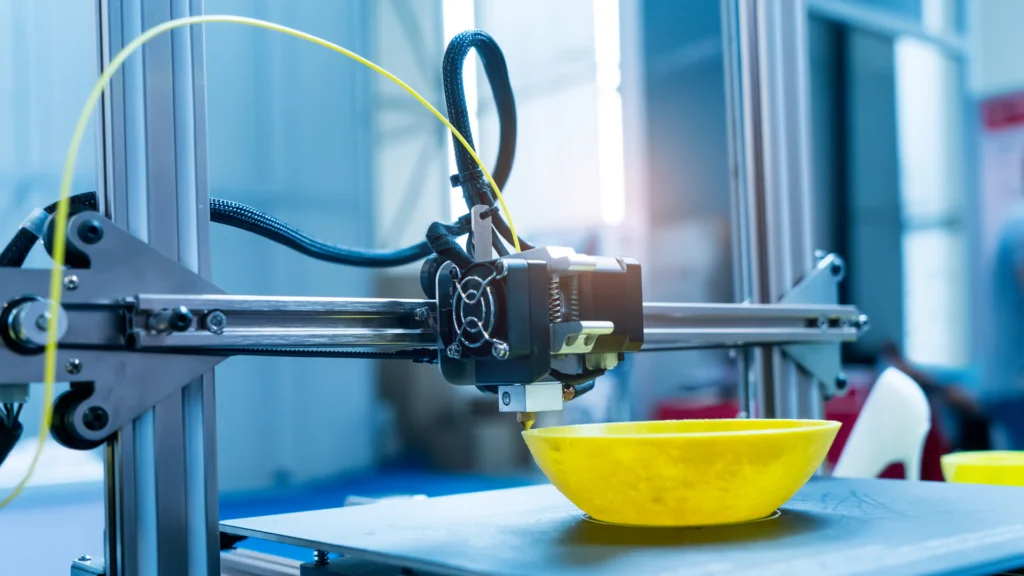
How did they make the 3D printed home in Belgium?
In 2020, several project partners worked together on the project “Co-creation: 3D Printing with Enterprises” or “C3PO” to print a house with a 3D concrete printer. The house is located in Westerlo, has 2 floors and was printed on site on the construction site. The video below shows a timelapse of how they printed the home and the result with the finished home:
What are the benefits of a 3D printed home?
- Construction is faster: In 15 days, the house is printed.
- Construction is cheaper: There are significantly lower labor costs, less transportation required, and less construction waste.
- Construction is more energy efficient: Building with 3D printing is more energy efficient than with traditional construction methods and consumes significantly less CO2 emissions.
- The design is more flexible: You can create complex, organic shapes without additional costs or technical complications.
- 3D printing brings more possibilities in the future in residential construction:
- Job creation for programmers, materials experts, …
- 3D printing with more environmentally friendly, sustainable materials e.g. recycled materials.
- 3D printing with autonomous robots and drones that fully automate the construction process on e.g. remote building sites in the mountains.
- 3D printing of movable or mobile, temporary (cheaper) housing with lighter materials. E.g. social housing, emergency housing during natural disasters.
- 3D printing of infrastructures such as bridges, tunnels, highways, viaducts, etc.
What are the reservations and criticisms?
- There will be a loss of construction jobs.
- So far, most 3D printed homes are pilot projects. Mass production 3D printing has yet to be tested and may present other difficulties.
- Existing building codes, standards and legislation are not aligned with the concept of 3D printing. You may face difficulties in e.g. applying for permits and insurance.
- 3D printing materials are often weaker than traditional building materials. The technology is in its infancy, so most buyers want to wait and see what the longevity of the home brings.
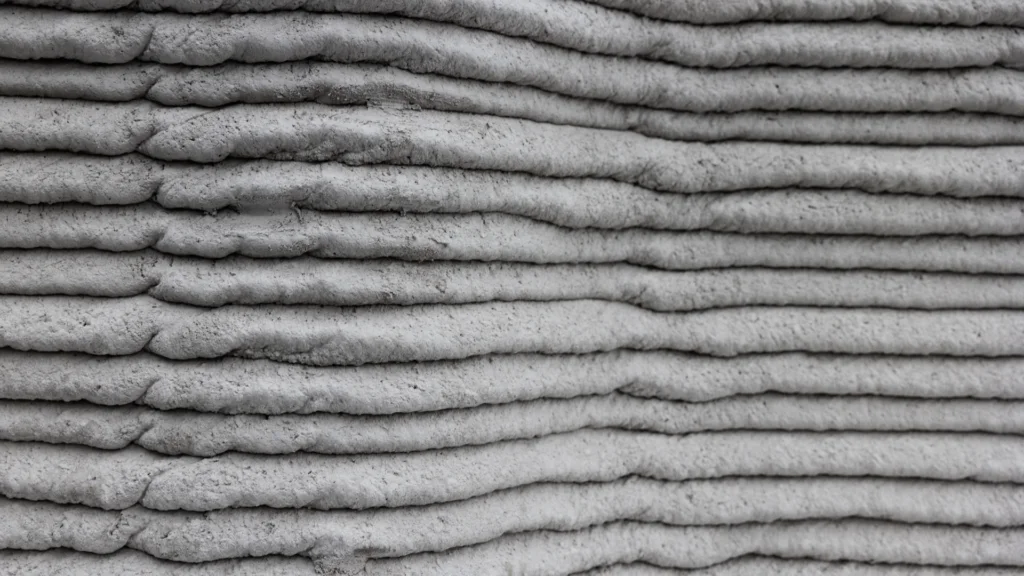
Sources: Insider Art (Youtube), Camp C, VRT
Would you like to cite this article as a source? Then use:
Stiasteny, L. (2024, Aug. 9). 3D printed house or apartment: Everything you need to know. Apartment.com. Accessed on (date XX/XX/202X), from https://www.appartement.be/alles-over-een-3d-geprinte-woning-appartement/
Related articles:
- Housing quality standards according to legislation 2024
- 10 mandatory certificates for selling your house or apartment
